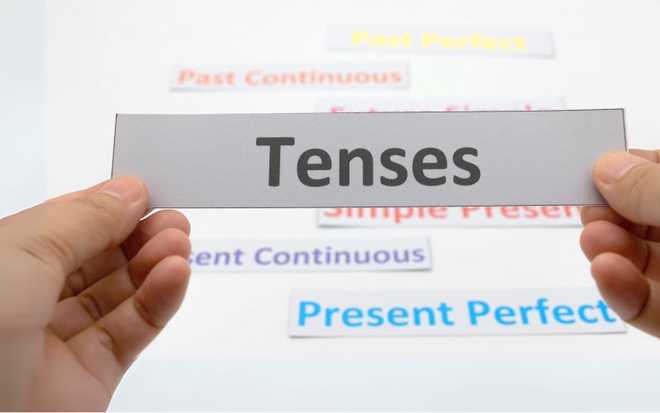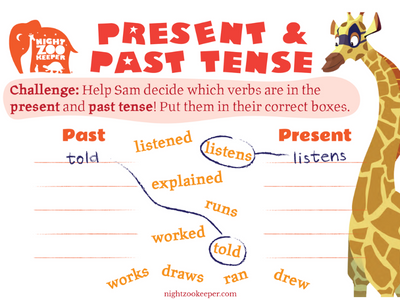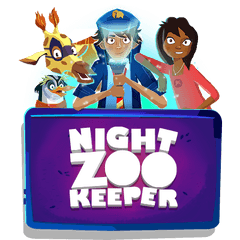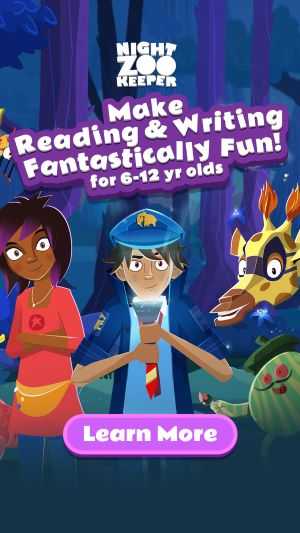Past and Present Tense
Help your child learn about past & present tense

Home > Resources & Worksheets > Grammar > Past and Present Tense
Does your child get the past and present tenses mixed up in their writing? We are here to help! Teaching your child different tenses can be tricky, especially because there are certain exceptions to every rule. Learning the difference between the two tenses will come with time and patience. This article will help your child get a foundational understanding of the past and present tense, including several examples your child can reference.
What’s the difference between past and present tense?
Past tense is used to show actions that have already happened. The present tense is used to show actions that are currently happening. It’s important to know the difference between them so you can use the correct tense in your writing. If you accidentally use the wrong tense, it can confuse your readers because they won’t know whether the action has already happened or whether it is currently happening!
Examples of past tense verbs
We have provided a list of past tense verbs below to help give your child a good idea of some actions that already happened. Have your child see if they can notice any patterns!
- Played
- Jumped
- Typed
- Ran
- Kicked
- Landed
- Swam
- Yelled
- Danced
- Saw
Although not all of the verbs in the above list follow the same pattern, for the most part, verbs are in the past tense when you add the -ed ending, such as words like played and jumped. These are called regular verbs. However, there are many exceptions to this rule, and your child will learn them all with time and practice. For example, words, like swam and ran, have unique conjugations and do not use the -ed ending. These are called irregular verbs.
Examples of present tense verbs
Below is a list of the same verbs we used in the past tense list, but now in the present tense to demonstrate actions that are currently happening. Have your child see if they can notice any patterns!
- I play, she plays
- I jump; she jumps
- I type, she types
- I run, she runs
- I kick, she kicks
- I land, she lands
- I swim, she swims
- I yell, she yells
- I dance, she dances
- I see, she sees
The most common way to conjugate verbs that are in the present tense is with the -s ending. Notice how it’s different based on who is performing the action. For the most part, I/they and she/he have the same conjugation. There are still different ways to conjugate verbs in the past tense. These will come with time and practice.
Because English is such a complex language, we have created a cheat sheet for your child on irregular verbs. It will be helpful to refer to when your child is still learning all of the exceptions to the basic conjugation rules! You can download these helpful resources for your child below.
Activity & resource
Your child should now be ready to help Sam the Spying Giraffe identify which verbs are in the past and present tense in the activity we have included below. It also includes verb lists and tips to help them put their knowledge to the test in identifying the different tenses. Happy conjugating!

How Night Zookeeper can help

Night Zookeeper uses gamification to make reading & writing fantastically fun for children aged six to twelve!
Our reading & writing program for kids includes thousands of award-winning activities created to help your child improve spelling, grammar, punctuation, reading, and writing.
Sign up today to get a 7-day FREE trial!
More resources
- How, When, Where?
- How to Use Fronted Adverbials
- Linking Words & Sentences
- Turning Adjectives Into Adverbs
- Grammar (overview)
Related content


Make Reading & Writing Fantastically Fun!
- Award-winning reading & writing program for kids
- Improves spelling, grammar, punctuation & vocabulary
- Over 1,000 different learning games and activities



